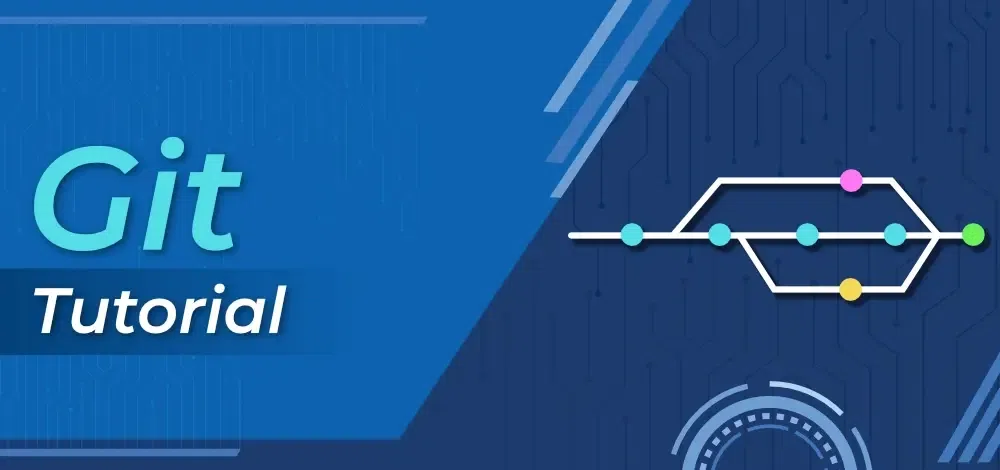Git is a broadly used distributed model management and supply code administration system. It successfully tracks adjustments to supply code, enabling easy branching, merging, and versioning.
This Git tutorial is designed for newbies and professionals. It covers a variety of matters, from elementary to superior ideas of Git and GitHub. The tutorial consists of directions on downloading and putting in Git, creating new repositories, using Git Bash, managing Git stash, downloading Git, executing Git instructions, working with Git branches, and so on. and additionally, you will discover extra superior matters corresponding to resolving conflicts, engaged on Bitbucket and GitHub, and so on.
This Git Tutorial will present a complete understanding of how Git and GitHub perform, empowering you to make the most of them successfully in your initiatives.
What’s Git?
Git is a strong and in style model management system that permits efficient monitoring of adjustments in supply code. It was developed by Linus Torvalds in 2005 for Linux kernel improvement and It’s used for conserving observe of code adjustments and collaborating with others on code. It makes use of a decentralized mannequin the place every developer has their very own copy of the repository and works instantly on the undertaking. Git manages the initiatives with repositories and may clone a undertaking to function domestically on it. With staging and committing it observe adjustments and management. You may pull the newest code of the undertaking to the native copy, and push native updates to the primary initiatives.
If you happen to’re searching for a Git tutorial for newbies, you then’ve ended up on the proper place. By the top of this Git tutorial, you’ll have a powerful understanding of how Git & Github works and find out how to use them successfully in your initiatives.
Why Use Git?
You’ll want to know that round 70% of builders worldwide use Git for improvement. A few of the distinguished causes for utilizing Git are:
- Builders can work collectively from wherever.
- Builders can see the complete historical past and may evaluate the earlier and new adjustments of the undertaking.
- Builders can retreat to earlier variations of a undertaking.
Working with Git
When a folder is initialised with Git, it turns into a repository—a particular location the place Git logs all adjustments made to a hidden folder. In that folder, every time you alter, add, or take away a file, Git takes be aware of the change and marks the file as “modified.” You may select which modified recordsdata you wish to save by staging them, so don’t fear. Take into account staging as getting the adjustments prepared for a selected snapshot that you just wish to hold. As soon as the staged adjustments are to your satisfaction, commit them, and Git will hold a everlasting copy of these recordsdata in its historical past.
Git is nice as a result of it maintains an entire report of every commit you make, permitting you to see
What’s Github?
GitHub is a internet hosting service for Git repositories and you probably have a undertaking hosted on GitHub, you may entry and obtain that undertaking with instructions on any laptop you’ve got entry and make your adjustments and push the newest model again to GitHub.
GitHub lets you retailer your repo on their platform. Additionally it is comes with GitHub, capacity to collaborate with different builders from any location.
Git Introduction:
Git Fundamentals:
Git Set up:
Git Instructions:
Total, Git lets you observe adjustments in an software, in a folder, or in a single file over time. On this Git and GitHub tutorial, you’ll study GitHub fundamentals and clarify ideas like branches, pushing merge conflicts, and lots of different helpful git instructions. It goes via the git workflow and illustrates how git and GitHub work on a complicated degree.

